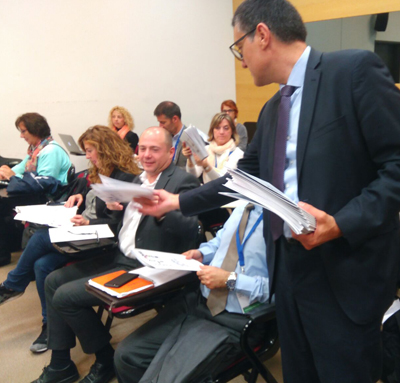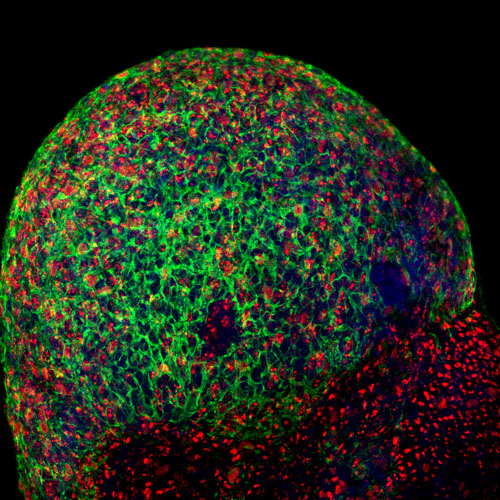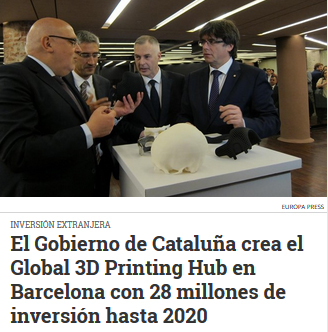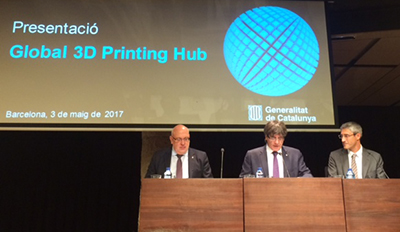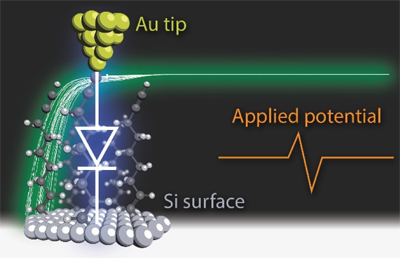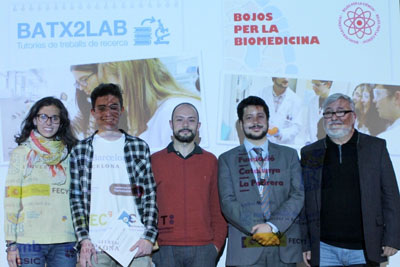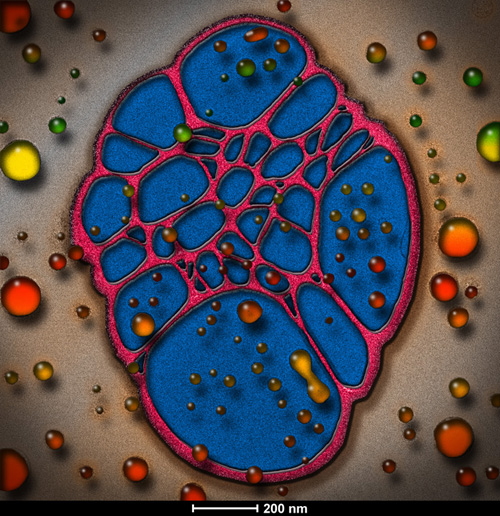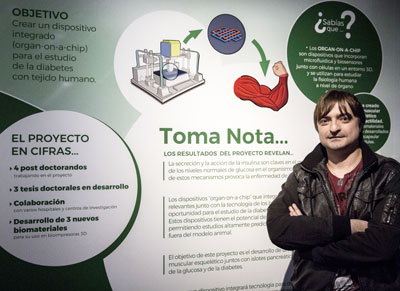Third general assembly of HT Cluster
 Last week IBEC attended the 3rd general assembly of the Health Tech Cluster, an alliance of industry, research centres and other bodies working in the health technologies sector in Catalonia.
Last week IBEC attended the 3rd general assembly of the Health Tech Cluster, an alliance of industry, research centres and other bodies working in the health technologies sector in Catalonia.
Established in 2015 with the support of the Catalan government, the HT Cluster counts IBEC and most of hospitals, as the Hospital Clinic among its research and clinical partners. They’re joined by businesses such as Avinent, Vecmedical and Sibel to contribute to the Cluster’s aim of promoting and developing innovative solutions via public-private partnerships to improve the quality of life for patients.

